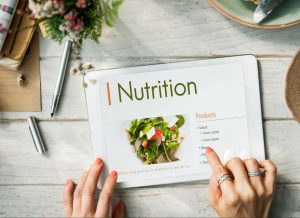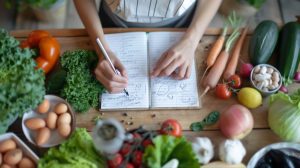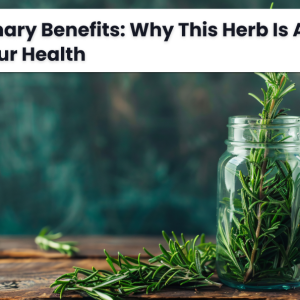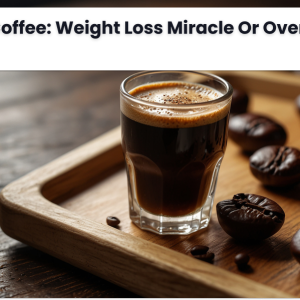
Food Labels Decoded: Stop Falling for These Marketing Tricks.
Understanding how to read food labels is key to making informed dietary choices and leading a healthier lifestyle. Whether you’re managing weight, controlling blood sugar, or striving for better nutrition, learning to interpret food labels can empower you to choose wisely. In this guide, we’ll break down the essential components of food labels and provide actionable tips for healthier eating.
Why Reading Food Labels Matters
Food labels provide crucial information about the nutritional content and ingredients in packaged foods. This knowledge helps you:
- Control calorie intake for weight management.
- Monitor nutrient levels, including fats, sugars, and sodium.
- Identify healthier options based on your dietary needs.
Understanding the Nutrition Facts Panel

The Nutrition Facts Panel is your roadmap to better eating. Here’s how to make the most of it:
1. Serving Size
Pay attention to the serving size, as all nutritional information is based on this amount. A product might seem low in calories, but if the package contains multiple servings, the calorie count can quickly add up.
Example: A bag of chips might list 150 calories per serving, but the entire bag could contain 3 servings, totaling 450 calories.
2. Calories
The calorie section tells you how much energy a serving provides. Focus on nutrient-dense foods that offer vitamins, minerals, and fiber rather than empty calories from sugary or processed items.
3. Macronutrients Breakdown
- Total Fat: Opt for products low in saturated fat and trans fat.
- Carbohydrates: Choose items high in dietary fiber and low in added sugars. Foods like fruits and whole grains are excellent options.
- Protein: Ensure you’re meeting your daily protein needs with quality sources like legumes, lean meats, and dairy.
4. Micronutrients
Look for products rich in vitamins (e.g., A, C) and minerals (e.g., calcium, iron). Foods providing 20% or more of the Daily Value (%DV) for these nutrients are considered excellent choices.
Decoding the Ingredients List

The ingredients list reveals the composition of the food, arranged by weight.
- Prioritize whole foods: The first few ingredients should be whole grains, vegetables, or lean proteins.
- Limit added sugars: Watch out for sugar disguises like high-fructose corn syrup, dextrose, and agave syrup.
- Avoid artificial additives: Products with long, unpronounceable ingredient lists are often highly processed.
Tips for Making Healthier Choices
- Don’t Be Misled by Claims: Words like “low-fat” or “sugar-free” can be deceiving. Always verify these claims by reviewing the Nutrition Facts Panel.
- Choose Whole Foods:Aim to include more fresh produce, lean proteins, and whole grains in your diet.
- Plan Ahead: Create a grocery list focusing on nutrient-dense items to avoid impulse buys.
- Educate Yourself: Use reputable online resources or consult with a nutritionist to understand complex labels.

FAQs on Reading Food Labels
1. What should I look for first on a food label?
Start with the serving size and adjust calorie and nutrient calculations based on your typical portion.
2. How can I identify hidden sugars in food labels?
Check the ingredients list for terms like sucrose, glucose, high-fructose corn syrup, or honey. Multiple mentions of sugar indicate a heavily sweetened product.
3. What is the % Daily Value (%DV), and why does it matter?
The %DV shows how much a nutrient in one serving contributes to your daily diet. Aim for high %DV (20% or more) in beneficial nutrients like fiber and vitamins, and low %DV (5% or less) in added sugars and sodium.
4. Are all “low-fat” foods healthy?
Not always. Many “low-fat” products compensate for reduced fat with added sugars, so always check the full label.
Summary
Learning how to read food labels is a small yet impactful step toward a healthier lifestyle. By understanding the Nutrition Facts Panel, scrutinizing the ingredients list, and making conscious choices, you can enhance your dietary habits and overall well-being. Start small, stay consistent, and make label reading a routine part of your shopping experience.





